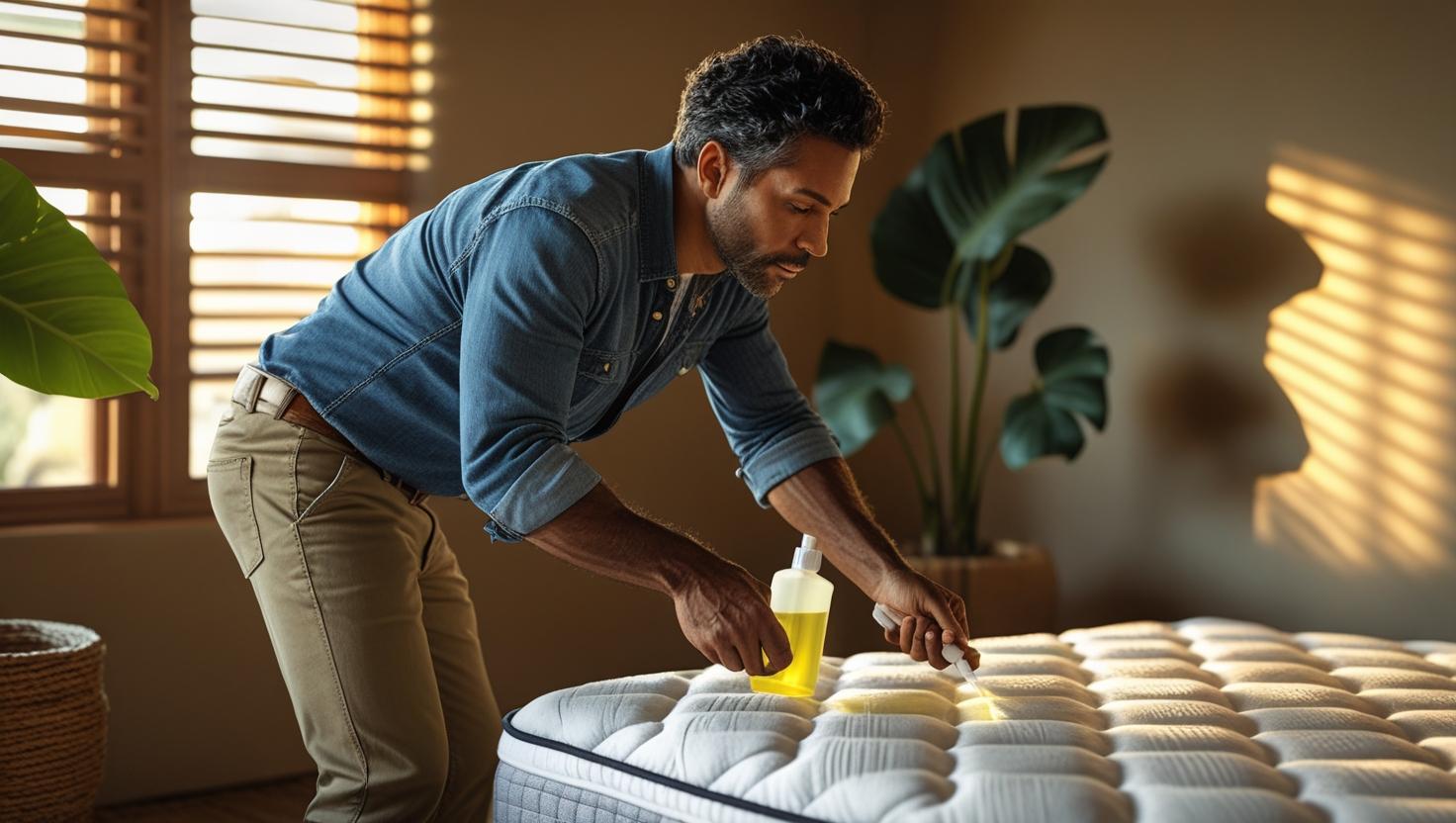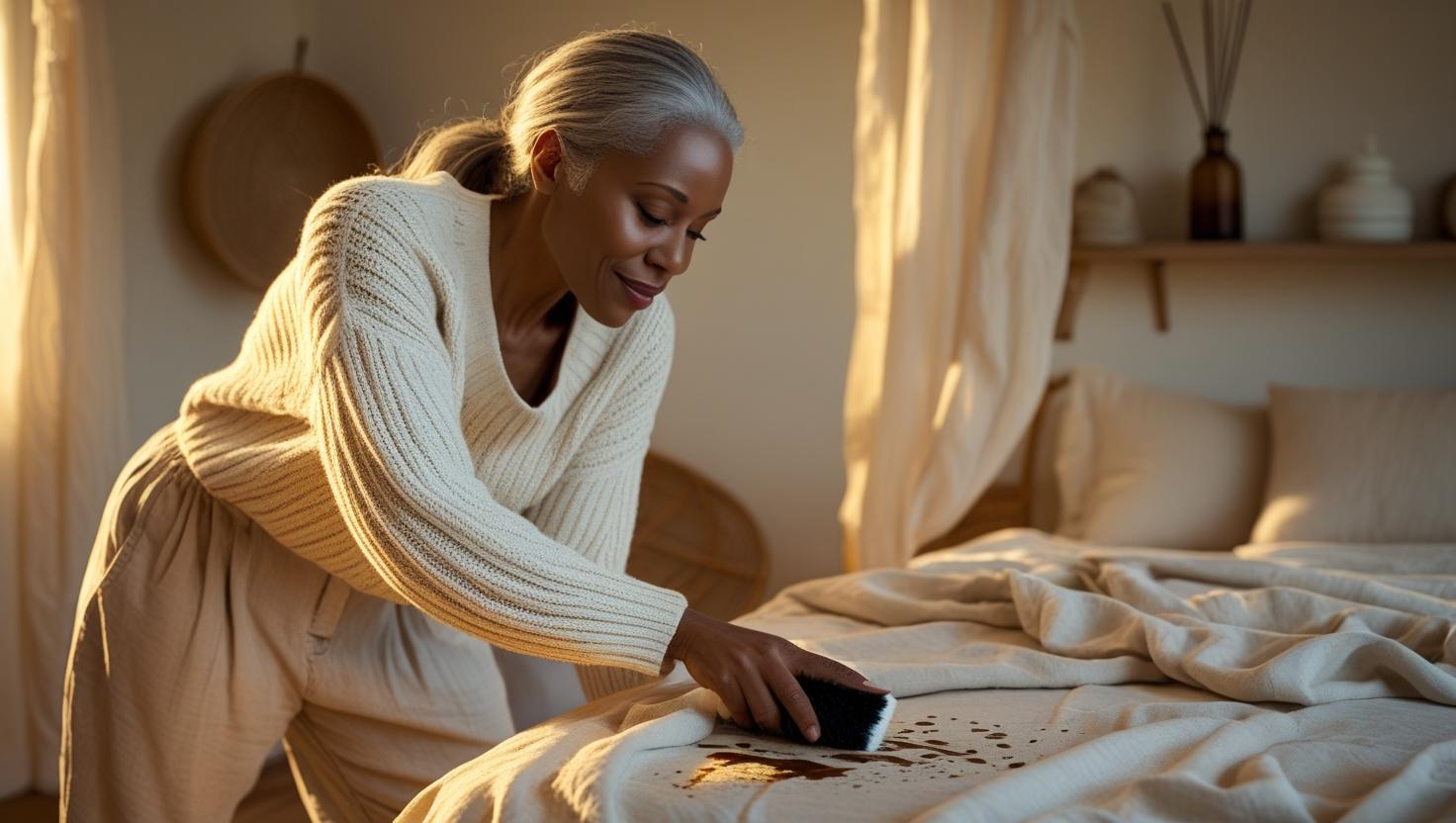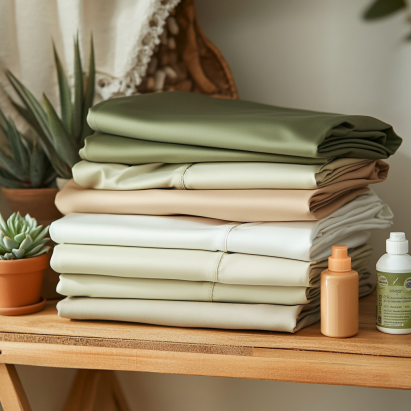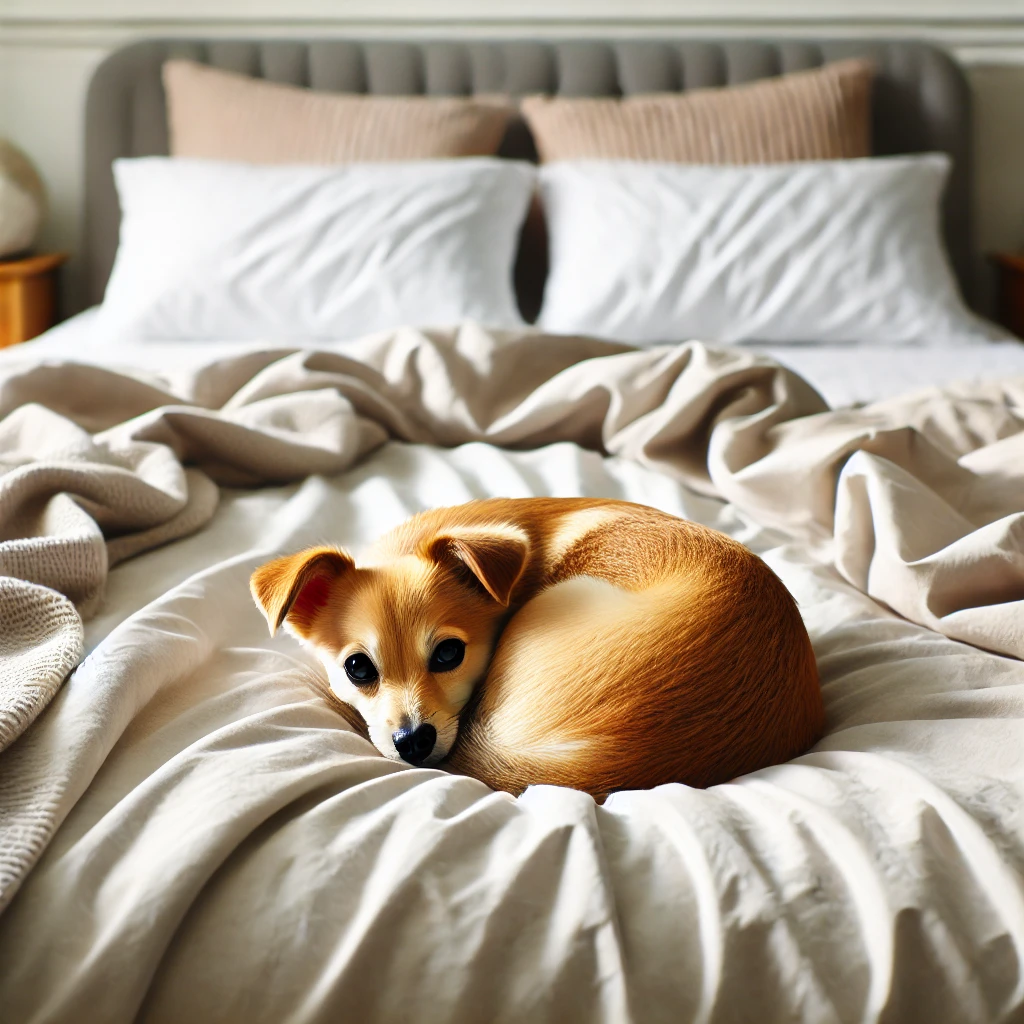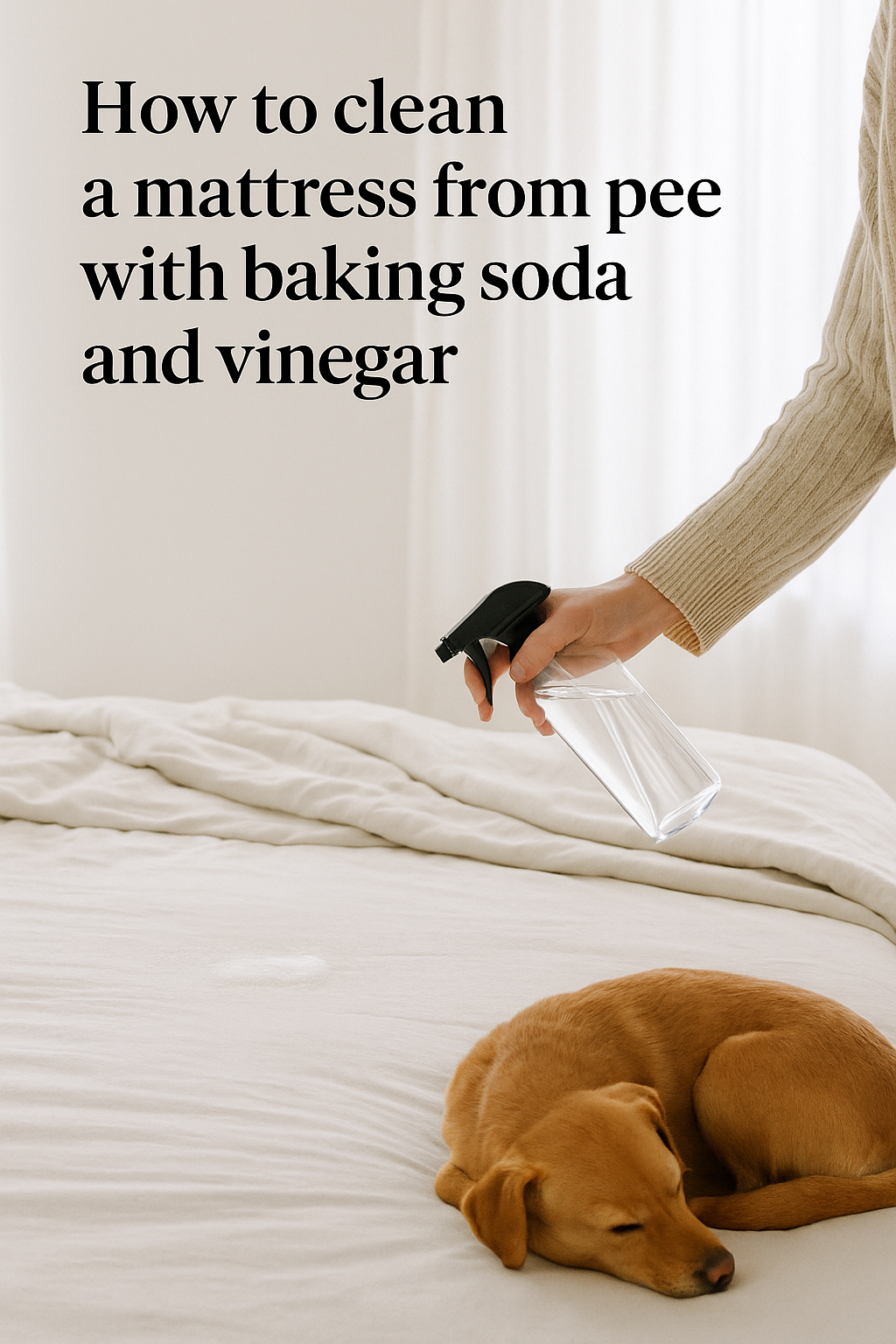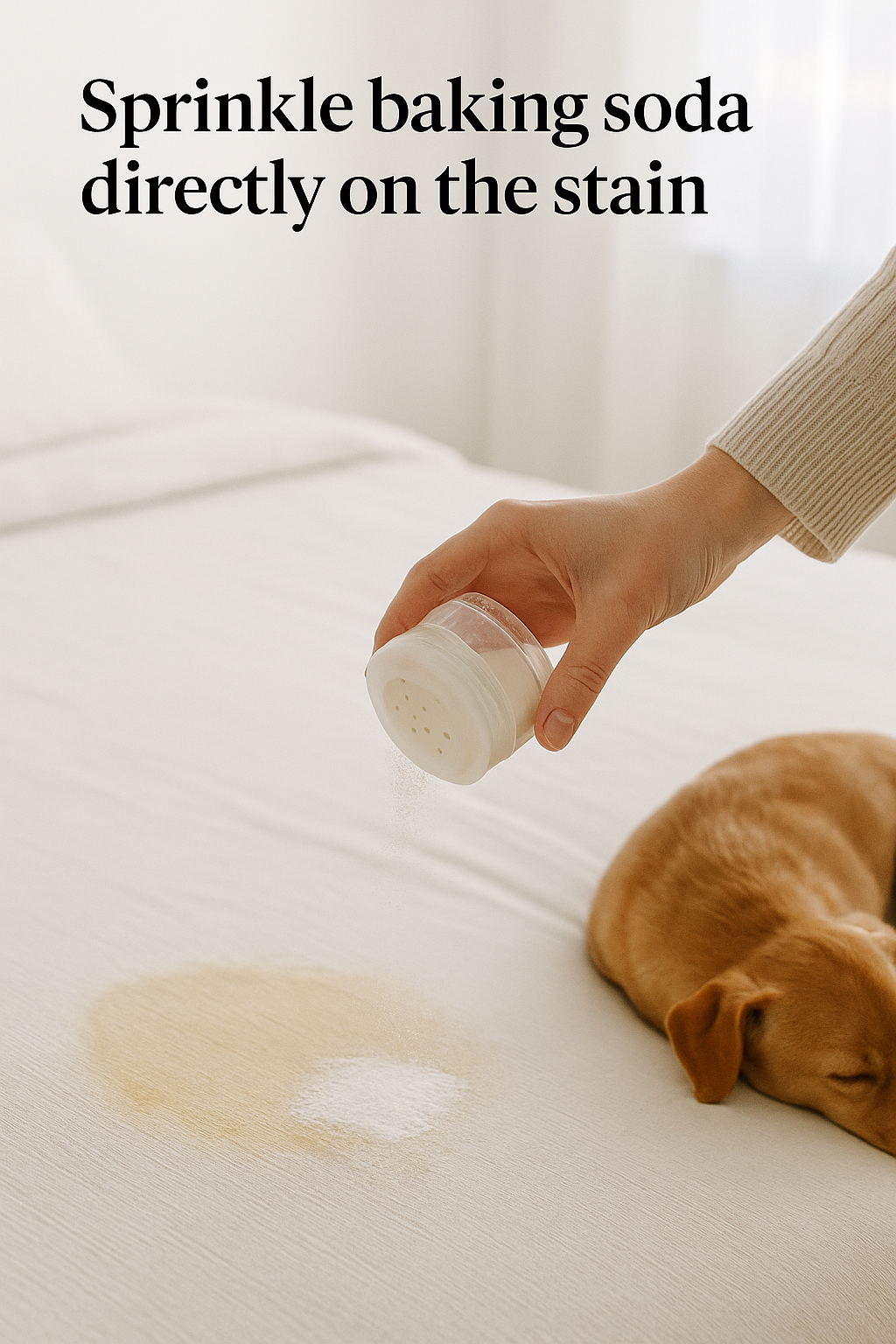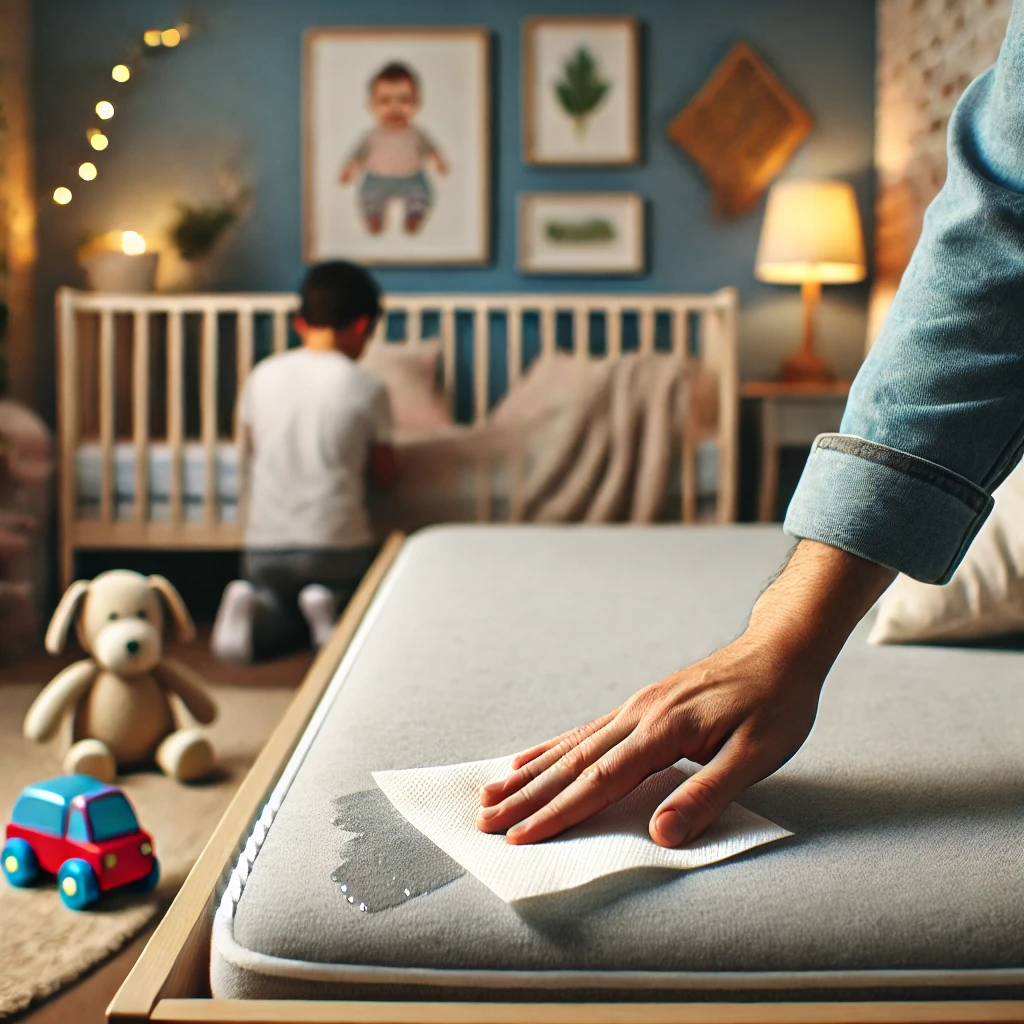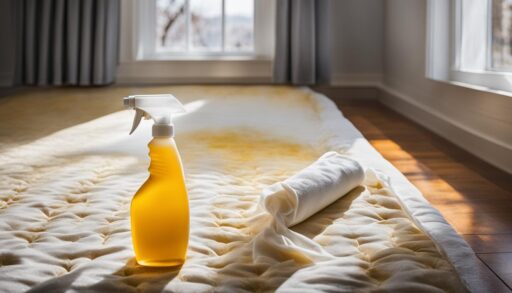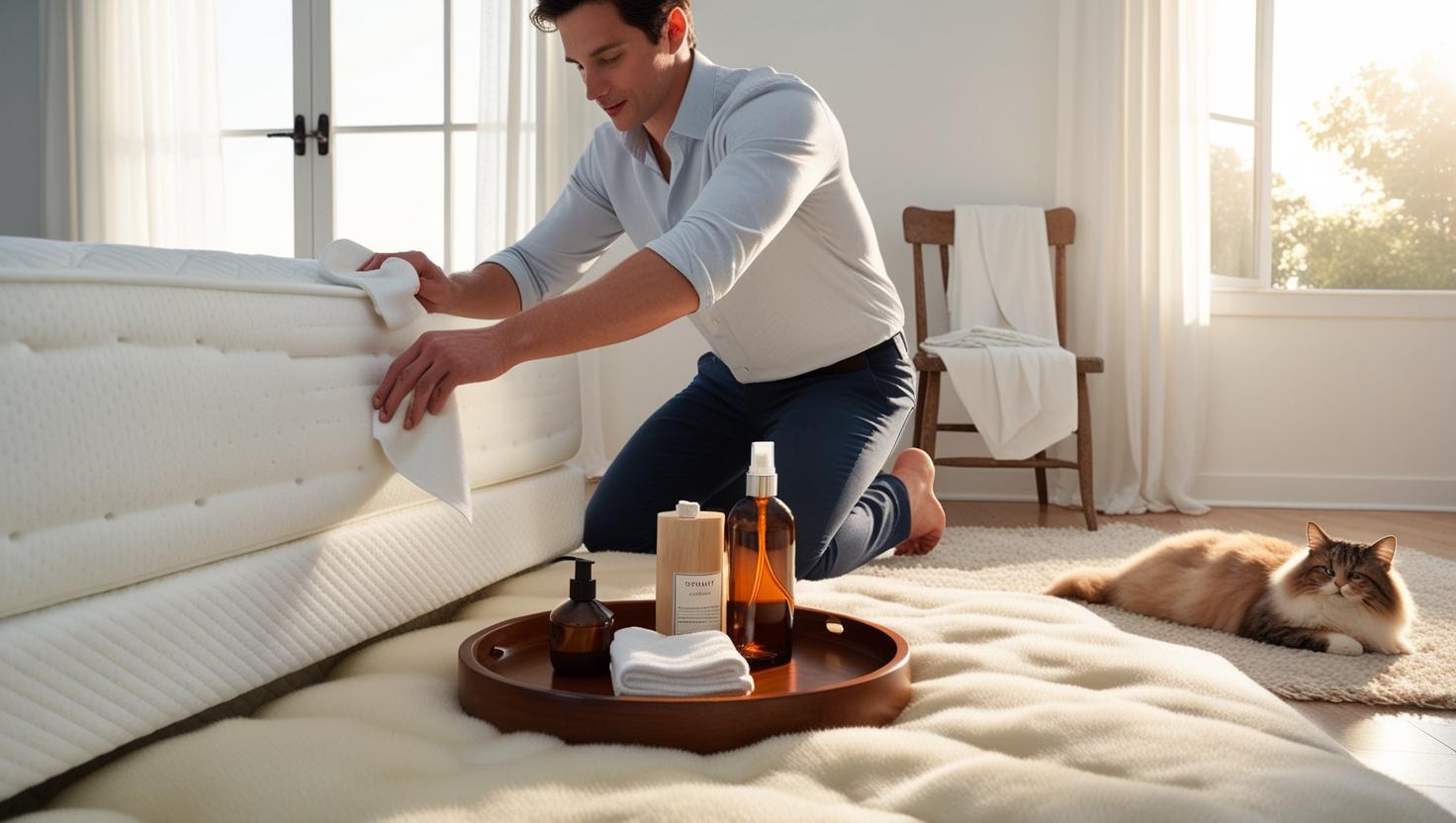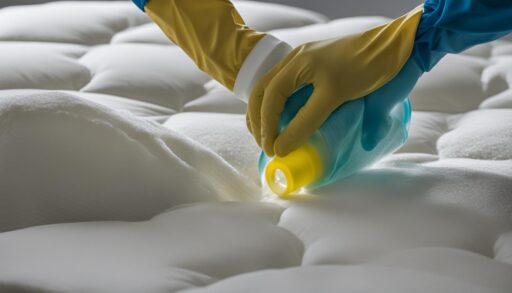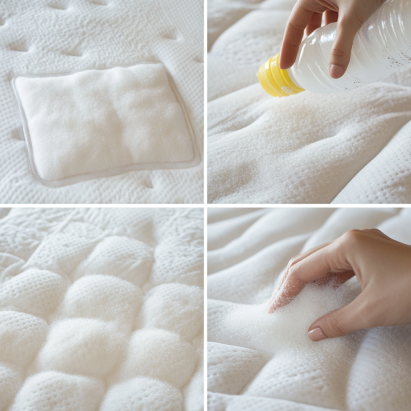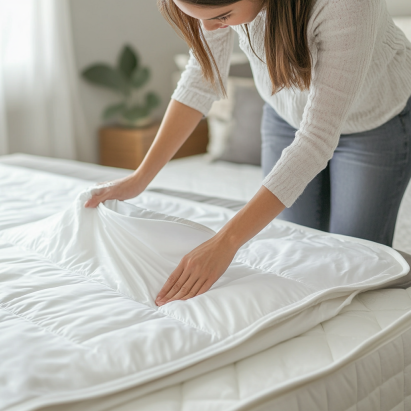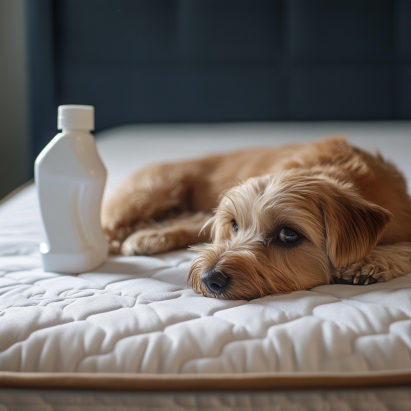Types of Beds: Key Features and Home Transitions Explained

When it comes to furnishing your home, finding the perfect bed is essential for both comfort and style. With so many options available, it can be overwhelming to choose the right type of bed that suits your needs and preferences. From adjustable beds to different bed frames, each option offers unique features and benefits. In this article, we will explore the types of beds, their features, and how they can seamlessly transition into your home decor.
Key Takeaways:
- Adjustable beds offer customizable positions and advanced features for superior comfort.
- There are seven primary types of bed frames, each with its own style and support characteristics.
- Foam mattresses provide excellent conforming and pressure relief, while spring mattresses offer firm support and better airflow.
- When choosing a bed frame and mattress, consider factors such as sleep position, body weight, and budget.
- There is no one-size-fits-all solution, so it’s important to find the right bed and mattress that cater to your personal needs and preferences.
Types of Bed Frames for Your Mattress
Choosing the right bed frame is essential for providing proper support and enhancing the overall aesthetic of your bedroom. There are several types of bed frames to consider, each with its own unique features and benefits. The right bed frame will not only complement your mattress but also provide the necessary stability and durability for a good night’s sleep.
Frame-Only Bed Frame
A frame-only bed frame is a simple and minimalistic option that consists of a basic metal or wooden frame without a headboard or footboard. This type of bed frame is versatile and can accommodate various mattress sizes. It is a popular choice for those who prefer a minimalist bedroom style or want to showcase a decorative headboard.
Four-Poster Bed Frame
If you’re looking to add a touch of elegance and sophistication to your bedroom, a four-poster bed frame is a great option. This type of bed frame features four tall posts at each corner of the bed, often adorned with decorative finials or drapes. Four-poster bed frames can come in a range of styles, from traditional to modern, and can add a sense of grandeur to any bedroom.
Platform Bed Frame
A platform bed frame is a contemporary option that offers a sleek and low-profile design. It consists of a solid base or slats that support the mattress, eliminating the need for a box spring. Platform bed frames are known for their stability and durability, making them a popular choice for those seeking a minimalist and modern bedroom aesthetic.
Bunk Bed Frame
If you have limited space or need to accommodate multiple sleepers in a single room, a bunk bed frame is an excellent solution. Bunk beds feature two or more beds stacked vertically, allowing for efficient use of vertical space. They are commonly used in children’s bedrooms or guest rooms and are available in various sizes and styles.
Sleigh Bed Frame
A sleigh bed frame is a classic and elegant option that resembles the shape of a sleigh. This type of bed frame typically features a curved headboard and footboard, adding a touch of sophistication to any bedroom. Sleigh bed frames can be made from wood or metal and are available in a range of styles and finishes.
Adjustable Bed Frame
If you value versatility and customization, an adjustable bed frame may be the perfect choice for you. Adjustable bed frames allow you to change the position of the head and foot of the bed, providing personalized comfort and support. They are often equipped with features like massage functions and USB ports, making them ideal for those with specific sleeping preferences or medical needs.
Trundle Bed Frame
A trundle bed frame is a space-saving option that features a secondary bed stored underneath the main bed. The trundle bed can be pulled out when needed, providing an additional sleeping surface. This type of bed frame is perfect for guest rooms or children’s bedrooms where extra sleeping space may be required.
| Bed Frame Type | Description |
|---|
| Frame-Only | A simple and minimalistic bed frame without a headboard or footboard. |
| Four-Poster | A bed frame with four tall posts at each corner, often adorned with decorative finials or drapes. |
| Platform | A low-profile bed frame with a solid base or slats, eliminating the need for a box spring. |
| Bunk | A bed frame with two or more beds stacked vertically, ideal for saving space. |
| Sleigh | A bed frame with a curved headboard and footboard, adding a touch of elegance. |
| Adjustable | A customizable bed frame that allows you to adjust the position of the head and foot. |
| Trundle | A bed frame with a secondary bed stored underneath the main bed, perfect for guest rooms. |
When choosing a bed frame, consider the size of your room, the style you prefer, and the support your mattress requires. Whether you opt for a minimalist frame-only bed frame or a luxurious four-poster bed frame, finding the perfect bed frame will enhance your sleep experience and create a visually appealing bedroom space.
Pros and Cons of Adjustable Beds
Adjustable beds offer a range of benefits and considerations to keep in mind when deciding if they are the right choice for you. Let’s take a look at some of the pros and cons of adjustable beds.
Pros of Adjustable Beds
- Customizable Positions: Adjustable beds allow you to find your perfect sleeping or lounging position by adjusting the head and leg sections. This can help alleviate discomfort and provide support where you need it most.
- Dual Adjustment: For couples, split-size adjustable beds offer the convenience of individual adjustment for each side of the bed, allowing both partners to find their preferred position.
- Relief for Back Pain: The zero-gravity position, where the head and feet are slightly elevated, can help relieve pressure on the lower back and promote proper spinal alignment, reducing back pain.
Cons of Adjustable Beds
- Cost: Adjustable beds tend to be more expensive than standard bed frames due to their advanced features and mechanisms. However, the benefits they provide may outweigh the higher price tag for those with specific sleep needs.
- Weight and Mobility: Adjustable beds are often heavier than traditional bed frames due to the motors and mechanisms required for adjustment. This can make moving or rearranging the bed more challenging.
- No Sleep Trial: Unlike some mattresses, adjustable beds may not come with a sleep trial period, meaning you won’t have the opportunity to test the bed in your own home before committing to it.
When considering an adjustable bed, it’s important to weigh these pros and cons and determine if the benefits align with your specific sleep needs and preferences. If you suffer from back pain, have specific positioning requirements, or simply enjoy the flexibility of customizable sleep positions, an adjustable bed may be worth considering.
Now that we’ve explored the pros and cons of adjustable beds, let’s move on to understanding the features and benefits of different types of mattresses, such as foam and spring mattresses.
| Adjustable Beds – Pros | Adjustable Beds – Cons |
|---|
| Customizable positions for optimal comfort | Higher cost compared to standard bed frames |
| Dual adjustment capabilities for split sizes | Heavier and more difficult to move |
| Relief for lower back pain with zero-gravity position | No sleep trial period offered |
Features of Foam Mattresses
Foam mattresses offer a wide range of features that make them a popular choice for many individuals. These mattresses are made from various types of foam, including memory foam, polyurethane foam, gel memory foam, and latex foam. Each type of foam provides distinct benefits and characteristics that cater to different sleep preferences. Here are some notable features of foam mattresses:
Pressure Relief and Conforming
One of the key advantages of foam mattresses, particularly memory foam, is their ability to offer excellent pressure relief and conforming properties. The foam contours to your body shape, providing personalized support and reducing pressure points. This feature is especially beneficial for individuals with joint pain or those who prefer a more cushioned feel while sleeping.
Motion Isolation
Foam mattresses are known for their superior motion isolation capabilities. The foam absorbs and minimizes the transfer of motion, ensuring that you won’t be disturbed by your partner’s movements during the night. This makes foam mattresses an excellent choice for couples or light sleepers who are easily disturbed by movement.
Different Types of Foam
Foam mattresses come in various types, each offering unique benefits. Memory foam is known for its contouring properties and ability to relieve pressure points. Gel memory foam combines gel particles with memory foam to enhance cooling and airflow. Polyurethane foam provides a balance of support and comfort. Latex foam is naturally hypoallergenic, breathable, and offers a responsive feel. Understanding the different foam types can help you choose the one that best suits your needs.
| Features | Memory Foam | Gel Memory Foam | Polyurethane Foam | Latex Foam |
|---|
| Pressure Relief | | | | |
| Motion Isolation | | | | |
| Cooling and Airflow | | | | |
| Responsiveness | | | | |
These are just some of the highlights of foam mattresses. When choosing a foam mattress, it’s important to consider your specific sleep preferences, such as desired firmness, cooling features, and motion isolation capabilities. By understanding the features and benefits of foam mattresses, you can make an informed decision and enjoy a comfortable and supportive sleep surface.
Features of Spring Mattresses
Spring mattresses, also known as innerspring mattresses, are a popular choice for many people due to their firm support and excellent airflow. They utilize metal springs or coils to provide underlying support and are available in a variety of price ranges. There are different types of springs used in spring mattresses, each with its own benefits and drawbacks. Let’s take a closer look at the features of spring mattresses and the different types of coils used:
Bonnell Coils
Bonnell coils are the oldest and most common type of coil used in spring mattresses. They are hourglass-shaped and have an interconnected design. Bonnell coils provide a balanced level of support and durability, making them suitable for most sleepers. However, they may transfer more motion and can be prone to sagging over time.
Pocket Coils
Pocket coils, also known as wrapped coils or encased coils, are individually wrapped in fabric pockets. This design allows each coil to move independently, providing better motion isolation and contouring to the body’s curves. Pocket coils offer enhanced support and reduce the likelihood of motion transfer, making them a great choice for couples or individuals who are easily disturbed by movement.
Offset Coils
Offset coils have a similar hourglass shape to Bonnell coils but with a squared-off top and bottom. They are connected with helical wires, creating a hinged effect that allows for better contouring and targeted support. Offset coils offer excellent durability and reduced motion transfer, making them suitable for those who prefer a more responsive mattress.
Continuous Coils
Continuous coils, as the name suggests, are made from a single piece of wire that is formed into a series of S-shaped coils. This design provides consistent support across the entire mattress surface and helps to distribute weight evenly. Continuous coils are known for their durability and affordability, making them a popular choice for budget-conscious shoppers.
Each type of coil used in spring mattresses offers its own advantages and considerations. When choosing a spring mattress, it’s important to consider factors such as your sleeping preferences, desired level of support, and budget. By understanding the features of spring mattresses and the different types of coils available, you can make an informed decision to find the right mattress for your needs.
| Coil Type | Features | Considerations |
|---|
| Bonnell Coils | Balanced support, durability | May transfer motion, prone to sagging |
| Pocket Coils | Better motion isolation, contouring | Higher cost, potential for coil noise |
| Offset Coils | Targeted support, durability | Less motion transfer, higher cost |
| Continuous Coils | Consistent support, affordability | Less contouring, potential for sagging |
Memory Foam vs. Spring Mattresses – Which is Better?
When it comes to choosing between memory foam and spring mattresses, there is no definitive answer as to which is better. The decision ultimately depends on your personal preferences, comfort needs, and sleeping habits. Both types of mattresses have their own unique features and benefits, and understanding them can help you make an informed decision.
Memory Foam Mattresses
Memory foam mattresses are known for their excellent conforming ability and pressure-relieving properties. They are designed to contour to your body’s shape, providing optimal support and alignment for a comfortable sleep experience. Memory foam mattresses are particularly beneficial for side sleepers, as they cushion the hips and shoulders, reducing pressure points.
Additionally, memory foam mattresses isolate motion transfer, meaning that if you share your bed with a partner, their movements are less likely to disturb your sleep. This can be especially helpful for light sleepers. Memory foam mattresses also have the advantage of being virtually silent, as they do not contain any squeaky springs.
Spring Mattresses
Spring mattresses, also known as innerspring mattresses, are recognized for their firm support and excellent airflow. These mattresses feature metal springs or coils that provide a responsive and bouncy feel. Spring mattresses are a popular choice for those who prefer a firmer sleep surface and enjoy the feeling of sleeping “on” the mattress rather than sinking “into” it.
Furthermore, spring mattresses offer better temperature regulation compared to memory foam mattresses. The open structure of the coils allows for increased airflow, which helps dissipate body heat and keep you cooler throughout the night. If you tend to sleep hot or live in a warmer climate, a spring mattress may be a more suitable option for you.
| Memory Foam Mattresses | Spring Mattresses |
|---|
| Excellent conforming and pressure relief | Firm support and responsive feel |
| Isolates motion transfer | Better airflow and temperature regulation |
| Suitable for side sleepers | Preferred by those who like a firmer sleep surface |
In conclusion, the choice between memory foam and spring mattresses depends on your personal preferences, sleeping habits, and comfort needs. Memory foam mattresses excel in conforming and pressure relief, making them a great choice for side sleepers who prioritize cushioning and support. On the other hand, spring mattresses offer firm support and better temperature regulation, making them suitable for those who prefer a bouncier sleep surface and tend to sleep hot. Ultimately, it’s important to consider your individual needs and preferences when making a decision.
“The choice between memory foam and spring mattresses depends on your personal preferences, sleeping habits, and comfort needs.”
Tips for Choosing the Right Bed Frame
Choosing the right bed frame is essential for creating a comfortable and stylish bedroom. With so many options available, it can be overwhelming to make a decision. Here are some tips to help you choose the perfect bed frame:
- Consider the size of your room: Before purchasing a bed frame, measure the dimensions of your room to ensure that it will fit properly. Take into account other furniture and walkway space.
- Think about the style: Bed frames come in various styles such as modern, traditional, and rustic. Consider the overall aesthetic of your bedroom and choose a bed frame that complements it.
- Consider the support your mattress requires: Different mattresses have different support needs. For example, foam mattresses may require a solid platform or slatted bed frame, while spring mattresses may need a frame with box springs.
- Research online options: Shopping for a bed frame online can offer a wider range of options and often lower prices. Take advantage of customer reviews and detailed product descriptions to make an informed decision.
- Test with a sleep trial: If possible, look for bed frames that come with a sleep trial. This allows you to test the frame in the comfort of your own home and determine if it meets your sleep needs.
Remember, choosing the right bed frame is crucial for a good night’s sleep. Take your time, consider your preferences and needs, and select a bed frame that will provide both comfort and style to your bedroom.
Table: Bed Frame Comparison
| Bed Frame Type | Features | Price Range |
|---|
| Platform Bed Frame | Minimalist design, solid support | $100 – $500 |
| Four-Poster Bed Frame | Elegant and traditional, canopy or curtains | $500 – $2,000 |
| Adjustable Bed Frame | Customizable positions, massage functions | $1,000 – $3,000 |
| Upholstered Bed Frame | Padded headboard, cozy and luxurious | $500 – $2,000 |
Table: Bed Frame Comparison
When choosing a bed frame, consider factors such as the overall style, size of your room, and the support your mattress requires. Research your options, read customer reviews, and take advantage of sleep trials when available. By following these tips, you can find a bed frame that perfectly suits your needs and enhances the comfort and aesthetic of your bedroom.
Benefits and Drawbacks of Foam Mattresses
Foam mattresses offer a range of benefits that can enhance your sleep experience. One of the main advantages is their excellent conforming ability, which means that the foam material molds to the shape of your body, providing personalized support and pressure relief. This is particularly beneficial for side sleepers who may experience discomfort or pressure points on traditional mattresses. Foam mattresses also excel at isolating motion, meaning that movement on one side of the bed is less likely to disturb a sleeping partner on the other side.
Another advantage of foam mattresses is their availability in various price ranges, making them accessible to a wide range of budgets. Whether you’re looking for a budget-friendly option or a luxury model, there is likely a foam mattress that suits your needs. However, it’s important to note that some foam materials may have a slight odor when first set up. This is known as off-gassing and is typically harmless, dissipating over time. Additionally, foam mattresses can trap body heat, resulting in a warmer sleep experience. This may be a drawback for those who tend to sleep hot or prefer a cooler sleep environment.
“Foam mattresses offer excellent conforming and motion isolation, making them a great choice for side sleepers.”
Furthermore, foam mattresses generally have less bounce compared to spring mattresses. This can be a disadvantage for individuals who prefer a more responsive surface to easily change positions or get in and out of bed. However, it can also be a benefit for those seeking reduced motion transfer, as less bounce means less disturbance from a restless partner. It’s important to carefully consider your preferences and sleep needs when deciding if a foam mattress is right for you.
| Pros | Cons |
|---|
| Conforming Ability | Provides personalized support and pressure relief. | May trap body heat, resulting in a warmer sleep experience. |
| Motion Isolation | Reduces disturbance from a restless partner. | Less bounce can make it harder to change positions or get out of bed. |
| Price Range | Available in various price ranges, catering to different budgets. | Some foam materials may have a slight odor when first set up. |
Overall, foam mattresses offer many benefits, including excellent conforming, motion isolation, and a range of price options. However, they may not be suitable for those who sleep hot or prefer a more responsive surface. It’s important to consider these factors and individual preferences when deciding if a foam mattress is the right choice for you.
Benefits and Drawbacks of Spring Mattresses
When it comes to choosing a mattress, spring mattresses are a popular option. They offer a range of benefits, but it’s important to consider the drawbacks as well. Here are some pros and cons to help you make an informed decision:
Pros:
- 1. Firm support: Spring mattresses are known for their firmness, providing a solid foundation for your body. This can be especially beneficial for individuals who prefer a more supportive sleep surface.
- 2. Responsiveness: Unlike foam mattresses, spring mattresses have a natural bounce to them. This responsiveness can make it easier to move around and change positions during sleep.
- 3. Excellent airflow: The construction of spring mattresses allows for better air circulation, which can help regulate body temperature and prevent overheating during the night.
Cons:
- 1. Motion transfer: One of the main drawbacks of spring mattresses is their tendency to transfer motion. If you sleep with a partner, their movements can be felt on your side of the bed, potentially disturbing your sleep.
- 2. Noise: Spring mattresses can also produce noise when pressure is applied, such as when you move or shift positions. This noise can be bothersome, especially if you are a light sleeper.
- 3. Durability: The lifespan of a spring mattress can vary depending on the quality of the materials used. Cheaper models may sag over time, leading to discomfort and a reduced lifespan.
It’s important to weigh these pros and cons against your own preferences and needs. Consider factors such as your sleeping position, body weight, and budget when making your decision. Remember, choosing the right mattress is essential for a good night’s sleep and overall well-being.
Considerations When Choosing a Mattress
Choosing the right mattress is essential for a good night’s sleep and overall well-being. When considering different options, it’s important to take into account your sleep position, body weight, and budget. Whether you prefer foam mattresses or spring mattresses, understanding how these factors can impact your sleep experience will help you make an informed decision.
Sleep Position
Your sleep position plays a crucial role in determining the ideal mattress for you. If you are a side sleeper, foam mattresses are generally recommended. They offer excellent conforming to your body’s curves, relieving pressure points and promoting spinal alignment. On the other hand, if you are a back or stomach sleeper, spring mattresses provide firmer support, keeping your spine properly aligned and preventing sagging.
Body Weight
Your body weight also influences the type of mattress that will best suit your needs. Foam mattresses are beneficial for individuals of all weights, but they are particularly suitable for lighter individuals who may appreciate the extra cushioning and pressure relief. Spring mattresses, with their firm support, are better equipped to handle heavier weights, providing proper spinal alignment and preventing excessive sinking.
Budget
When it comes to choosing a mattress, your budget is an important consideration. Foam mattresses come in a wide range of price points, making them accessible to different budgets. You can find affordable options that still offer excellent comfort and support. Spring mattresses also offer various price ranges, allowing you to select a mattress that meets your budget requirements.
By taking into account your sleep position, body weight, and budget, you can narrow down your options and find the perfect mattress for a restful sleep. Whether you opt for a foam mattress or a spring mattress, choosing the right one will contribute to better sleep quality and overall comfort.
Conclusion
When it comes to choosing the perfect bed frame and mattress for your home, there is no one-size-fits-all solution. It all depends on your individual needs, preferences, and budget. Adjustable beds offer customizable positions and advanced features, making them a fantastic choice for those seeking personalized comfort. Foam mattresses, on the other hand, excel in providing excellent conforming and pressure relief, particularly ideal for side sleepers. If you prioritize firm support and better airflow, spring mattresses may be the right option for you.
By understanding the features and benefits of different types of beds and mattresses, you can make an informed decision that maximizes both comfort and style in your home. Consider factors such as sleep position, body weight, and budget to choose the most suitable option for your needs. Remember, it’s essential to test the bed frame and mattress to ensure they meet your expectations before making a final decision.
Whether you opt for an adjustable bed with its versatile positions, a foam mattress with its excellent conforming capabilities, or a spring mattress with its firm support, the choice is ultimately yours. So, take the time to explore the options and find the perfect combination that will provide you with the best sleep experience for years to come.
FAQ
Are adjustable beds good for people with back pain and circulation problems?
Yes, adjustable beds can provide relief for people with back pain and circulation problems due to their ability to elevate and lower the upper and/or lower body.
What are some top picks for adjustable beds?
Some top picks for adjustable beds include the Saatva Adjustable Base Plus, Nectar Adjustable Bundle, Puffy Adjustable Base, Siena Adjustable Bed Frame, Tempur-Pedic TEMPUR-Ergo Extend Smart Base, DreamCloud Adjustable Bed Frame, Brooklyn Bedding Ascension Ultra Adjustable Power Base, Bear Adjustable Flex Bed, and Nolah Adjustable Base with Headboard.
What are the benefits and drawbacks of adjustable beds?
Adjustable beds offer a wide range of positions for the head and legs, but they can be expensive and heavy. They may not come with a sleep trial and can be more costly than standard bed frames.
What are the benefits of foam mattresses?
Foam mattresses offer excellent conforming, motion isolation, and pressure relief. They are generally preferred by side sleepers and are available in a variety of price ranges.
What are the benefits of spring mattresses?
Spring mattresses provide firm support, responsiveness, and excellent airflow for a cooler sleep experience. They are generally more affordable than foam mattresses and are available in various price ranges.
Which is better, memory foam or spring mattresses?
There is no clear answer to which is better as it depends on personal preference and individual needs. Memory foam mattresses offer excellent conforming and pressure relief, while spring mattresses provide firmer support and better airflow.
What should I consider when choosing a bed frame?
When choosing a bed frame, consider factors such as the size of your room, the style you prefer, and the support your mattress requires. It’s also important to check if the bed frame is compatible with your foam mattress and offers the desired features and customization options.
What are the benefits and drawbacks of foam mattresses?
Foam mattresses offer excellent conforming, motion isolation, and pressure relief. However, some foam materials may have a slight odor when first set up, and they can trap body heat, leading to a warm sleep experience. Foam mattresses also do not have much bounce and can be more expensive, especially luxury models.
What are the benefits and drawbacks of spring mattresses?
Spring mattresses offer firm support, responsiveness, and excellent airflow. However, they can transfer more motion and may make noise. They can also sag over time, particularly with cheaper models, and their durability can vary depending on quality and sleeper size and weight.
What factors should I consider when choosing a mattress?
When choosing a mattress, consider factors such as your sleep position, body weight, and budget. Foam mattresses are a great choice for side sleepers, while spring mattresses provide firmer support and are more suitable for heavier individuals.









